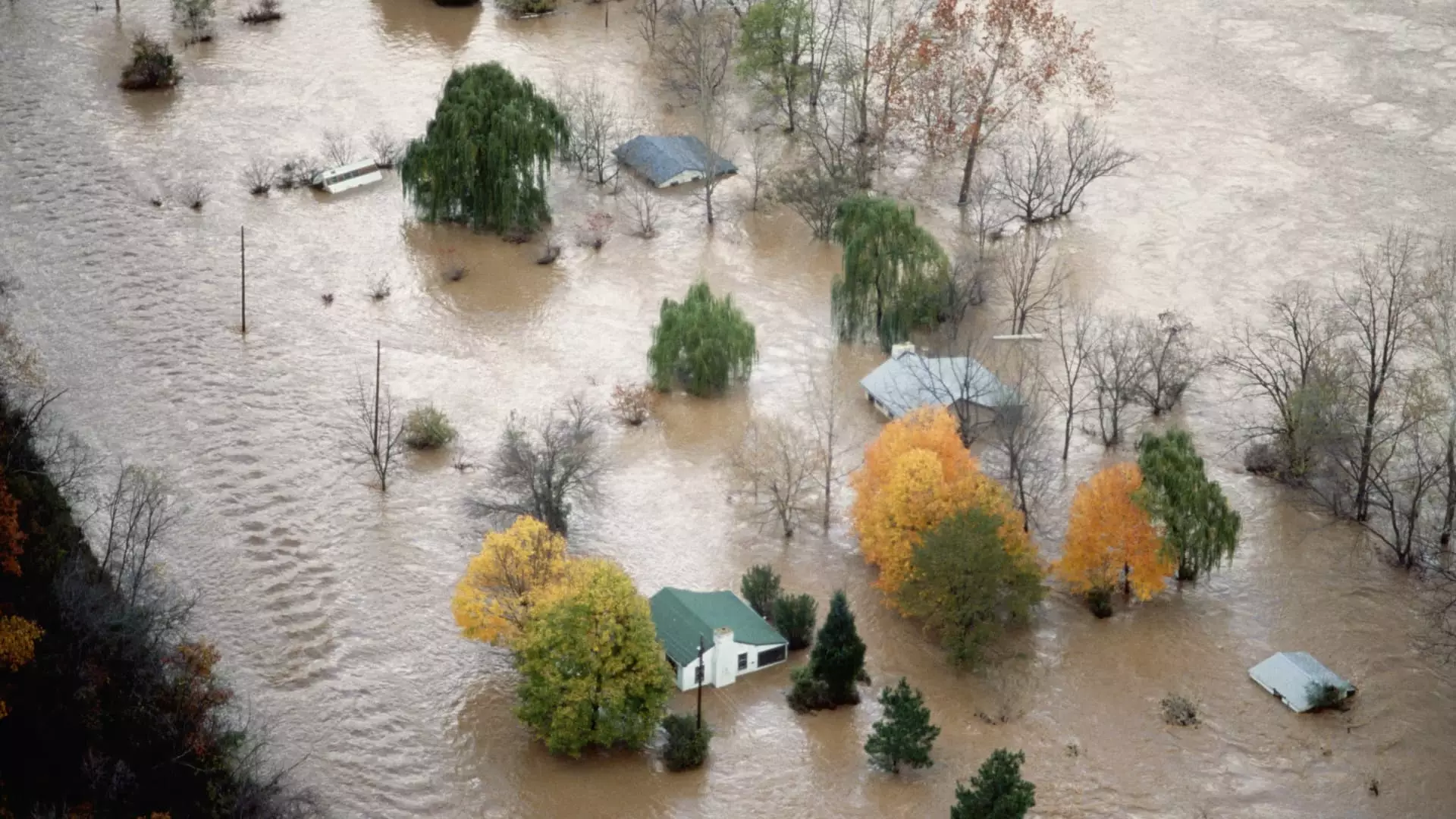Floodplain buyouts have become a common strategy employed by the government to assist homeowners in areas prone to flooding. The Federal Emergency Management Agency (FEMA) has facilitated the purchase of thousands of damaged homes, aiming to mitigate the risks associated with living in flood-prone areas. The process involves acquiring homes, demolishing them, and converting the land into public space, leading to open areas that can collect floodwaters and protect neighboring properties.
The effectiveness of floodplain buyouts as a mitigation strategy is a topic of debate among experts. While some view it as a successful approach to moving homeowners out of harm’s way, others raise concerns about the potential drawbacks. Mathew Sanders, a senior officer at Pew Charitable Trusts, points out that communities may hesitate to take on the legal liability associated with the deeded land acquired through buyouts. Additionally, buyouts can lead to issues such as blight, community fragmentation, and challenges in providing municipal services.
For homeowners like Andrea Jones, who participated in a floodplain buyout, the decision to sell their property and move to a safer location can provide peace of mind and relief from the constant threat of flooding. Jones shared her experience of living in a flood-prone area and the emotional toll it took on her. While she missed her old neighborhood and the sense of community it offered, she expressed satisfaction with her decision to relocate to a safer environment.
Despite the potential benefits of floodplain buyouts, the process can be lengthy and complex, resulting in delays for homeowners seeking to move. Federal buyouts, on average, can take two to five years to complete, causing uncertainty and frustration for individuals who are eager to start afresh. The involvement of various government programs and agencies in funding buyouts adds another layer of complexity to the process, contributing to the overall timeline of acquisitions.
The ongoing housing shortage in the United States, coupled with the impact of climate change on vulnerable communities, presents a challenging scenario for policymakers and stakeholders. With millions of homes needed to address the housing shortfall, the question arises of how to balance affordability with resilience in the face of climate-related threats. Carlos Martín, director of the Remodeling Futures Program at Harvard University, emphasizes the importance of addressing these dual crises effectively.
Floodplain buyouts represent a valuable tool in safeguarding homeowners from the dangers of flooding and creating resilient communities. However, the potential drawbacks and challenges associated with buyouts highlight the need for careful consideration and strategic planning in their implementation. As policymakers grapple with housing shortages and climate change impacts, finding a balance between providing housing security and mitigating disaster risks remains a critical priority for ensuring the well-being of communities across the nation.

